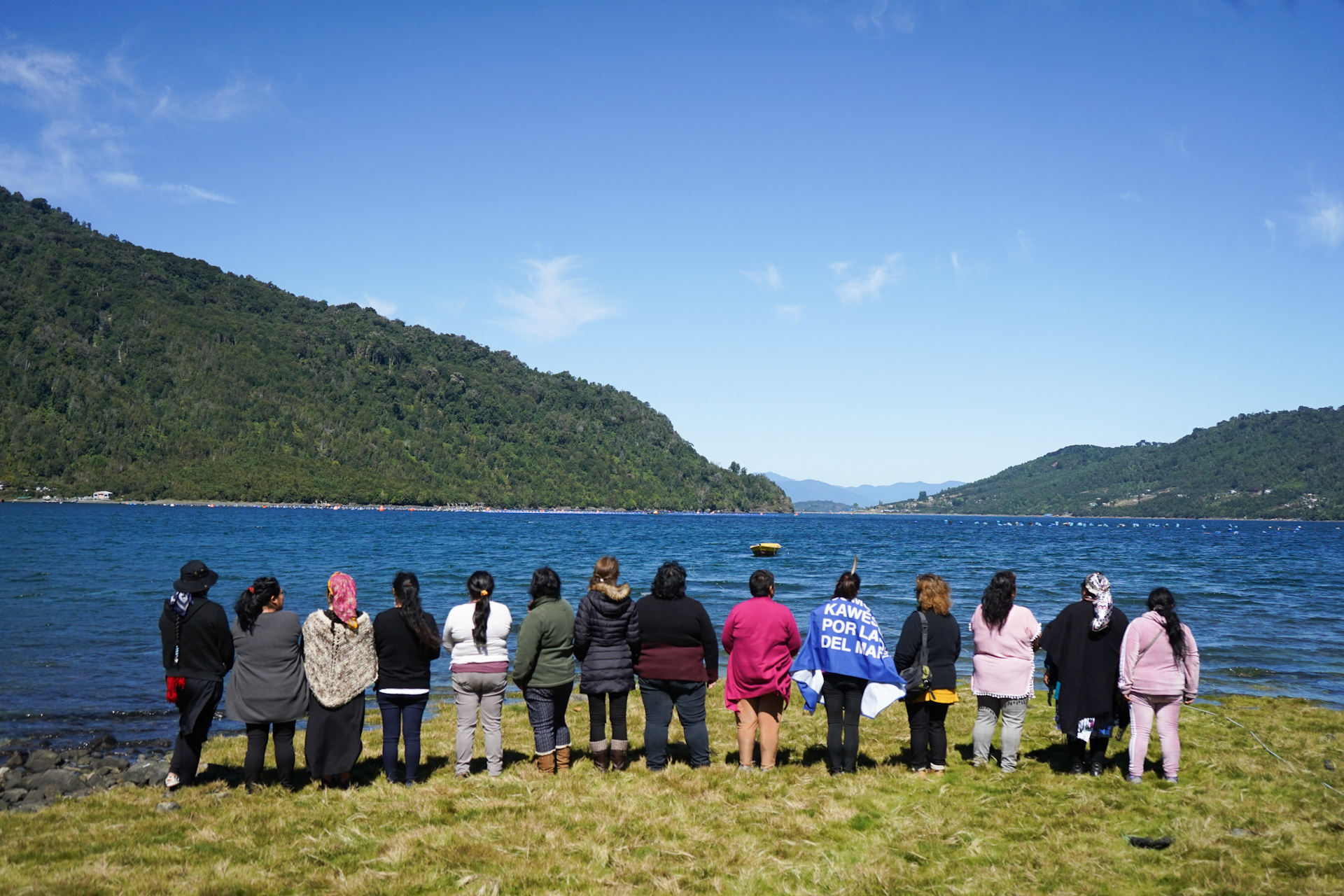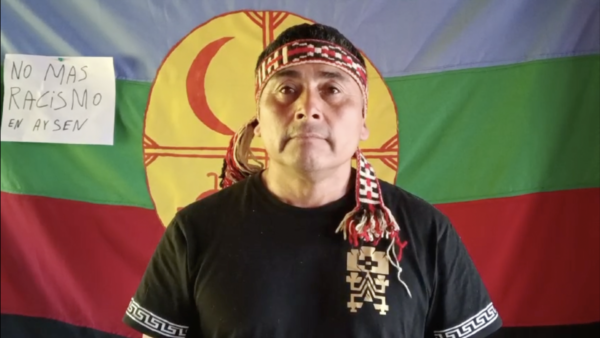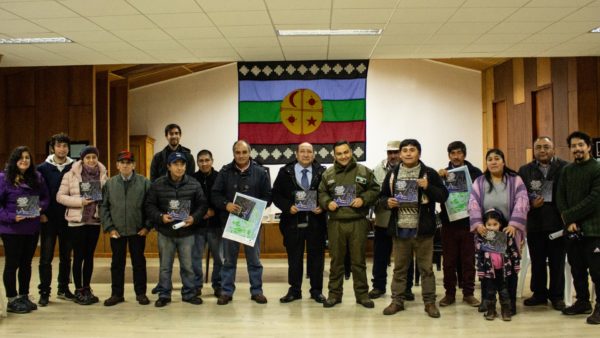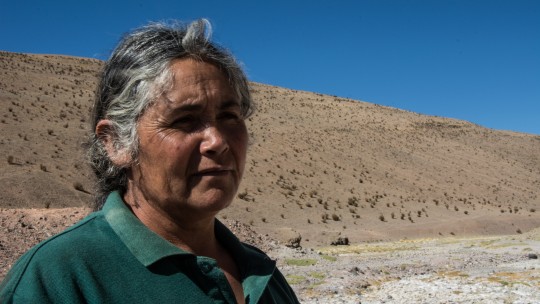Indigenous women that live in coastal Chile are coming together to defend the sea, protect biodiversity, and exercise their rights
First published on 03/12/2024, and last updated on 06/18/2025
By Karina Vargas Hernández, Regional Coordinator for the South Cone, on behalf of Observatorio Ciudadano (Member, ICCA Consortium)
Translated into English by Lars Åkerson
In Chile, a variety of Indigenous peoples inhabit the coastal areas, islands, archipelagos and canals along the length and breadth of the country: Chango, Rapa Nui, Mapuche (Lafkenche and Williche), Kawésqar, Selknam and Yagán. For these peoples, their territories, cultures, worldviews and spirituality are intimately linked to the sea. Leticia Caro of the Kawésqar people of Magallanes, explains that just as other Indigenous peoples have a connection to trees, the Indigenous peoples who share their lives with coastal areas “have an intrinsic connection with the sea that cannot be severed.”
Their primary livelihoods and their principal means of transportation come from the sea. The resulting cultural and spiritual connections with the sea give them strength to defend these spaces. Nevertheless, neither this linkage nor their rights to their territories and coastal areas are recognized, despite their preexistence in these spaces. Moreover, in many cases they have been deprived and displaced, severing their relationship with the sea. In addition, extractive activities are contaminating their territories and, along with climate change and urban expansion, make these coastal environments even more fragile.
Out of these realities and in response to the growing privatization of the sea promoted by a fishing law that neither recognizes nor respects the rights, uses, and customs of Indigenous peoples of the sea, the Mapuche Lafkenche people proposed the Marine and Coastal Spaces of Indigenous Peoples (ECMPO, based on its initials in Spanish) Act in order to secure recognition and protection of their territorial rights to coastal and marine areas.
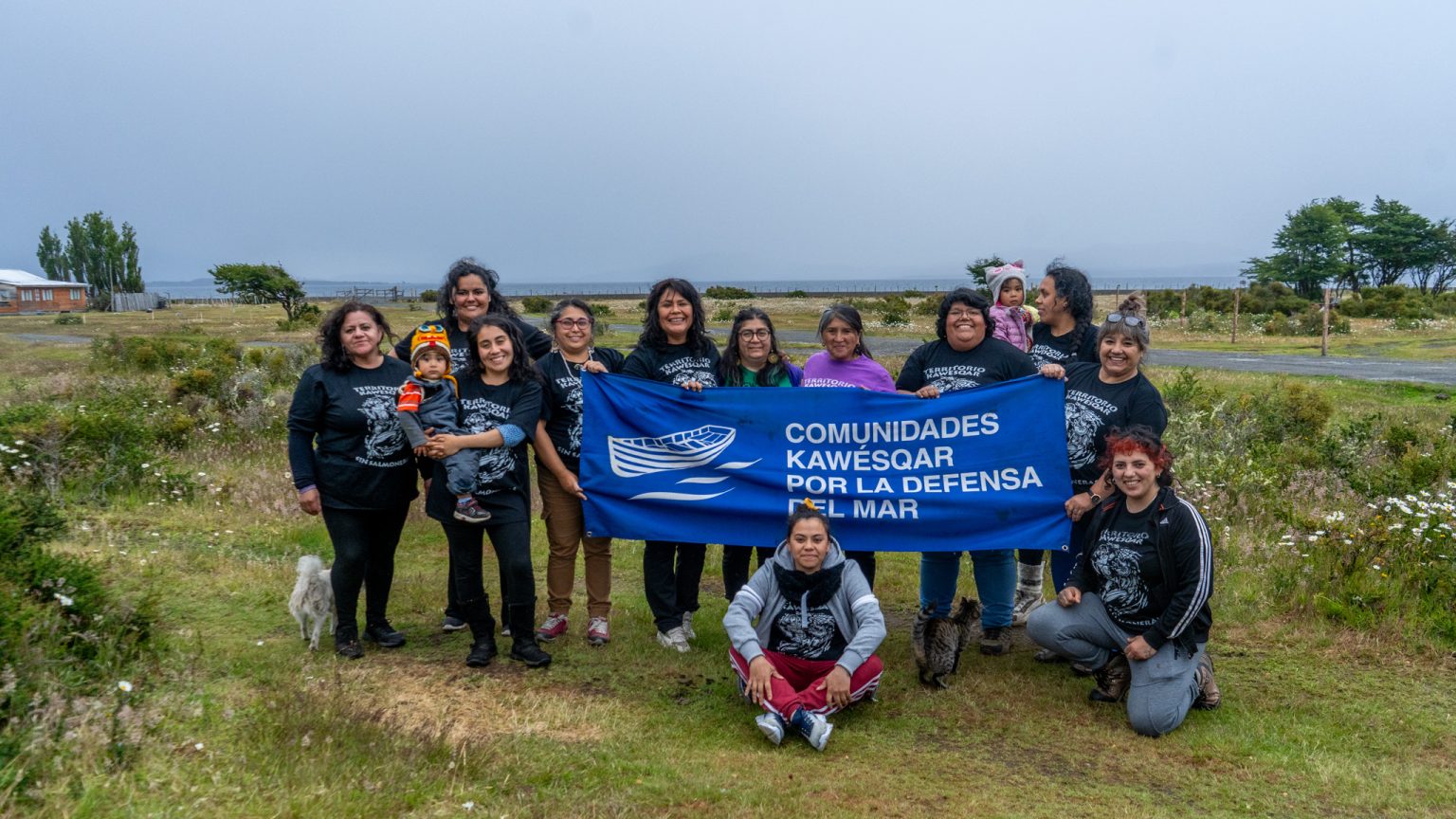
A law protecting coastal and marine spaces
Pérsida Cheuquenao of the Mapuche Lafkenche people, one of the primary catalysts of the ECMPO Act, expresses well the necessity of protecting the sea and coastal spaces that Indigenous peoples have inhabited for generations: “If they were to restrict access to the sea, we would suffer. It would kill us as Mapuche. If we are already land poor—because they have taken our lands—we will be even more so if they take the sea from us. It’s already too much, far too much. So, we gathered the strength, the will, the ability to ensure that one way or another, this space is not also taken from us,” she said.
Cheuquenao explains that at that time, many people supported the bill in the Biobío Region and to the south, and that now nearly everyone who lives along the shore faces similar conditions and is making ECMPO applications. Women have played key roles in matters of health, spirituality and the Mapuche kimche (Mapuche wisdom).
The concept of Marine and Coastal Spaces of Indigenous Peoples (ECMPO) has established a mechanism to grant a marine and coastal space to a community or association of communities that have maintained habitual use of said spaces.
But the bill had a broader aim. Its proponents were visionaries who stayed in solidarity with other Indigenous peoples and maintained sufficiently broad language throughout the text of the bill. With this broad framing, the Kawésqar, Yaganes, Changos, Diaguitas or Rapa Nui peoples may also request these spaces within their territories, if at some point they consider it appropriate.
As a result, since its passage in 2008, the ECMPO Act has established a mechanism to grant the administration of marine and coastal spaces to a community or association of communities that have maintained habitual use of said areas. According to the law, the purpose of these applications should be to preserve the use of these coastal and marine spaces, to ensure the conservation of natural resources, and secure the wellbeing of the requesting communities.
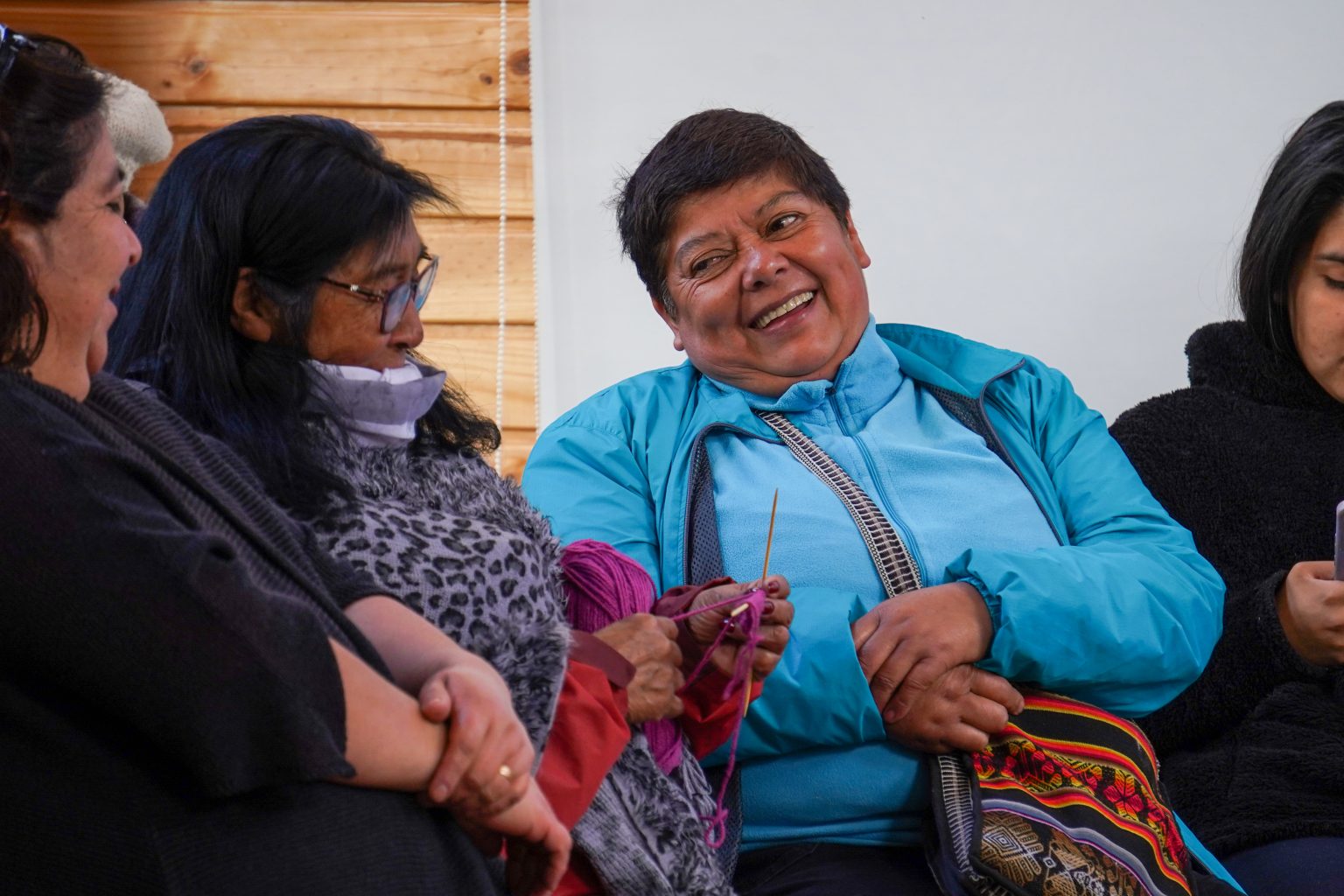
Indigenous women, protectors of the sea
Indigenous women have played a fundamental role in these developments, from the creation of the law as well as in the application processes and the processing of these areas. Women are also the ones who carry out a great many of these traditional uses and who transmit knowledge of the sea and its environment. These practices include their labor in harvesting, educating, artisanry, gardening, caretaking, and providing spiritual guidance, as well as their roles as leaders, fishers, seafarers, divers and shipowners. Even so, their contributions are rarely visible. Their roles are rarely paid and they are not duly represented in territorial governance.
For these Indigenous women, the sea is their primary source of sustenance. It is there that they carry out many traditional practices and maintain the spiritual and cultural relations that have been passed down for generations. Given this close and profound ancestral relation, they are innate protectors and defenders of these areas that sustain their wellbeing and that of their families and communities. Despite their essential role in social and biological reproduction, they face a lack of formation and technical training due to their many responsibilities, including caretaking, domestic labor, leadership, and work on the sea.
Women of the sea face sexist practices in leadership and family spaces which limit their participation and contribution to the governance of marine and coastal areas.
Gaps also exist in the recognition and accreditation of their roles and activities on the sea, where inequitable conditions persist, and where they occupy roles in the informal and temporary economy with scant or no protection of health and security. In the same manner, they also face sexist practices in leadership and family spaces which limit their participation and contribution to the governance of marine and coastal areas.
To these challenges are added the general delays and administrative obstacles that Indigenous communities face in the processing of their requests of the state for Marine and Coastal Spaces of Indigenous Peoples. These delays and obstacles are often due to the influence of economic and political interests. All this to say nothing of the many threats coastal areas face, including from the salmon industry which puts these territories’ resources, ways of life, and ancestral practices at risk.
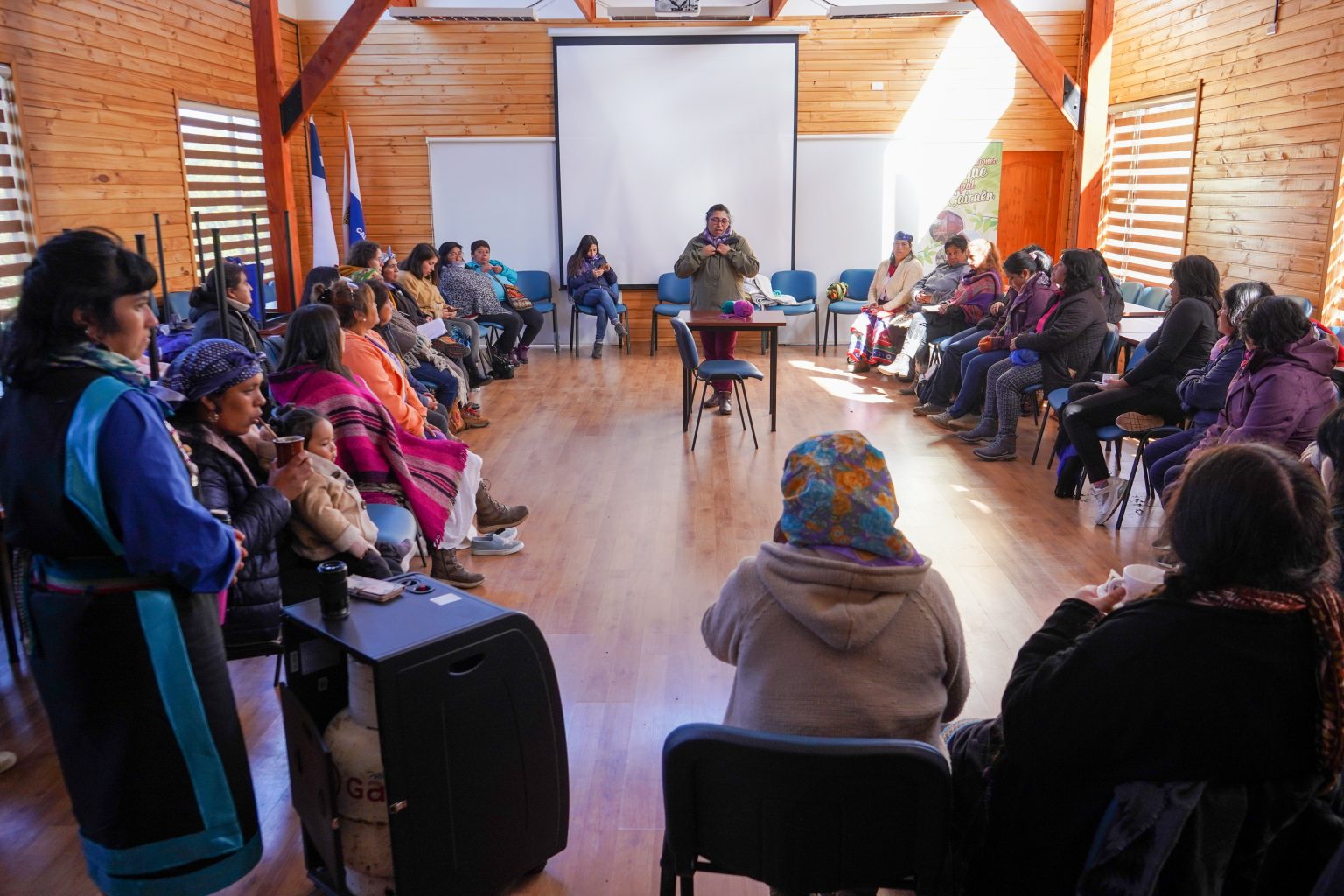
A network of indigenous women of the sea
Ingrid Echevarría of the Mapuche Williche people explains that while men also have difficult jobs and help sustain the home, their labor is better recognized and they have means of joining diving teams, ship crews, and trainings. “And women of the sea? Who sees us? No one. We women of the sea light the early fires. We leave our children asleep in their beds so that they may rest while we go at dawn to gather and straight to the water. This sacrifice of going down to the cold waters, of carrying all we collect and drying all we carry, of returning home and seeing that our children are awake and having to feed them breakfast—it’s enormous,” she says.
As if that weren’t enough, many of these women are heads of household and have only sporadic support from the fathers of their children. These women make their living by the sea and go out of their communities to sell their catch or to work at the fisheries and in the cities. If they don’t, they won’t have anything to give their children. Echevarría adds that for single mothers the situation is even more difficult and unjust. “For them, where is the health system? There isn’t any. For them, where is this ability to initiate a project that could allow them to stay at home with their family and not have to leave the house? They can’t,” she says.
Women of the sea are organizing themselves to “weave nets” from domestic and community levels and raise a voice that often goes unheard and unrecognized. Their aim is to be recognized, heard, and to accompany one another in their shared struggles and resistance.
In the face of this gender gap, Indigenous women from a variety of peoples and coastal and marine territories, with supposedly “unrelated” paths in life but who share these inequalities and are united in defense of the sea and their cultures, have decided to speak up. These women are organizing themselves to “weave nets” from their domestic and community spaces and raise a voice that goes unheard and unrecognized. Their aim is to be recognized, heard, and to accompany one another in their shared struggles and resistance.
Out of this movement the Indigenous Women Network for the Defense of the Sea was born in March 2022. This organization seeks to articulate and weave alliances among women of many ages, territories, and Indigenous peoples who live in coastal areas and who are committed to the defense of the sea. Their aim is to promote mutual learning among these diverse territories, more visibility and articulation, and more effective advocacy with actors and decision makers, rooted in their Indigenous epistemologies, spiritualities, and traditional knowledge as women of the sea.

Women of the sea make a place for themselves
Over conversation and mate, through territorial encounters and trainings, women are raising their voices despite being historically underappreciated. By creating spaces of trust, speaking their realities, reporting the threats faced in their territories and sharing their traditional knowledge and practices, they can “forget the household chores” and speak among women. This exercise of micropolitics is a transformative practice of power that helps them coordinate collective actions for the good of the sea, their communities, their territories, their common goods and their cultural identities.
Out of these encounters came the testimonies and stories of their relationships with the sea documented in the book “Women of the Sea: Approaches to Coastal and Marine Areas of Indigenous peoples.” These messages continue to be shared through the bimonthly newsletter, “Women of the Sea: Voices from Territories,” in which these very women write from the coastal and marine areas where they live. The stories are personal and profoundly political, oriented toward and in defense of the common good.
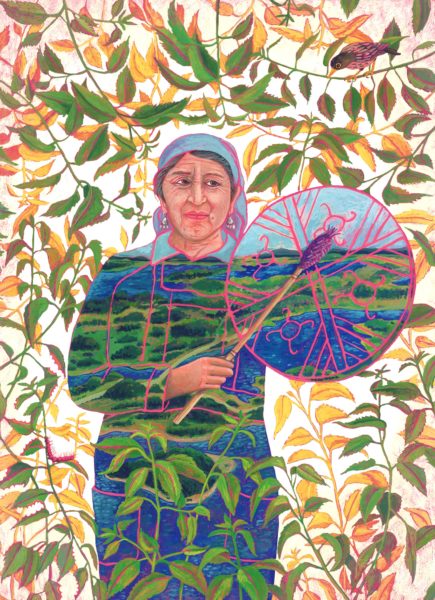
The women of this network have won political ground. Facing recent attempts to amend the ECMPO Act, they were the first to raise their voices and to take to the streets in defense of their rights and to articulate that defense together with other Indigenous organizations. Facing the wave of attacks and threats to representatives of coastal and marine spaces of Indigenous peoples, they have demanded that the government implement the international agreements it signed, including the Escazú Agreement, which seeks to guarantee safety for territorial defenders, recognize their labor and protect their rights.
Indigenous women of the sea are building everyday political action in defense of the sea rooted in their territories and their identities as women.
Once a year, these women of the sea convene national encounters, which they attend with their children who also have a place in the network and participate in resistance processes with their mothers. There, diverse peoples coordinate and share their efforts, such as seeking recognition of their coastal and marine spaces or addressing the lack of gender analysis in the public policies related to the sea. In these spaces they also present their proposals and contributions for the defense of the sea and for community care.
Through their newsletters, encounters for dialogue, technical support of the Coastal and Marine Spaces of Indigenous Peoples Act, generation of economic initiatives, and monitoring and protection of biodiversity in their territories, Indigenous women of the sea are building everyday political action in defense of the sea rooted in their territories and their identities as women.
Note: This article was first published by debatesindigenas.org and has been reposted without changes.
